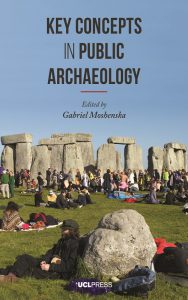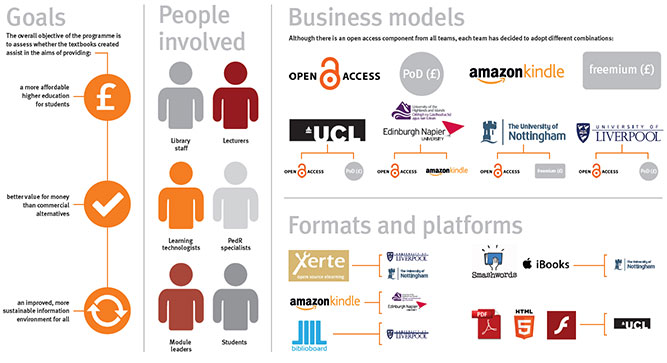This blog post was written by Laurence Patterson, Edinburgh Napier University
Commercial Academic eBooks are cheaper and more broadly distributed now than they have ever been. Now this could be a happy coincidence that sees the consumer spoiled for choice (around 20,000 new Kindle academic texts per year) and with a few spare pennies in their pocket. But the likelihood is that the publisher (and the self-publisher) feels they exist in an ever-competitive online distribution market, where the hard-up student, and not the acquisitions department of a University library, is their customer.
Consider the outcomes of work we’ve been doing on the eTIPS project in recent years around the falling cost of eBooks across the Amazon Kindle UK Store. Each December or so, we looked at the top sixteen Kindle titles returned from an Amazon search for the term ‘research dissertation’ (the area that eTips etextbooks cover). Across the sample are always high-end, quality titles, as well as those that obviously haven’t cost as much to produce from scratch, like eTIPS’ own, at £1.99, retail and, in the four years we’ve been checking, the average cost of the top sixteen has gone down by about 25%. The average price, now, £19 still seems high, but talks to the strategy of traditional publishers’ strategy to price a Kindle publication at around the same point as a print title.
eTIPS have been keeping an eye on the degree to which the price of a Kindle book fuels the number of times it is purchased and download, tracking movement, on AmazonUK, of ranking positions for thirty competitive Kindle titles, since 2015. We have produced a plotted graph of the ‘journey’ of each title, by its weekly ranked placement. Broadly, data suggests that price of a Kindle eBook is an important consideration for the customer, although it is not as simple to suggest that the rankings of those cheaper are higher than those which are more expensive. We should factor in (at least) two elements alongside. The first, reputation, indicates that, generally speaking, where the book is from a known author and/or a known publisher, it performs well, ranks highly, irrespective of price. This is particularly the case in co-authored Kindle titles. The second, promotion, respects that the publisher may lower the price of the title over a given time to incentivise sales or, indeed, through Amazon Kindle Unlimited, may provide the title for free for a day or two.
Consumer subscriptions-based models such as Kindle Unlimited, Scribd and Oyster have the potential to change our perception of the value of a digital learning artefact, such as an eBook – as Spotify and and Deezer have done for music, and Netflix and Amazon Prime Video have done for movies. It is likely that the commercial academic publisher will be forced reconsider its distribution strategy as a result.



